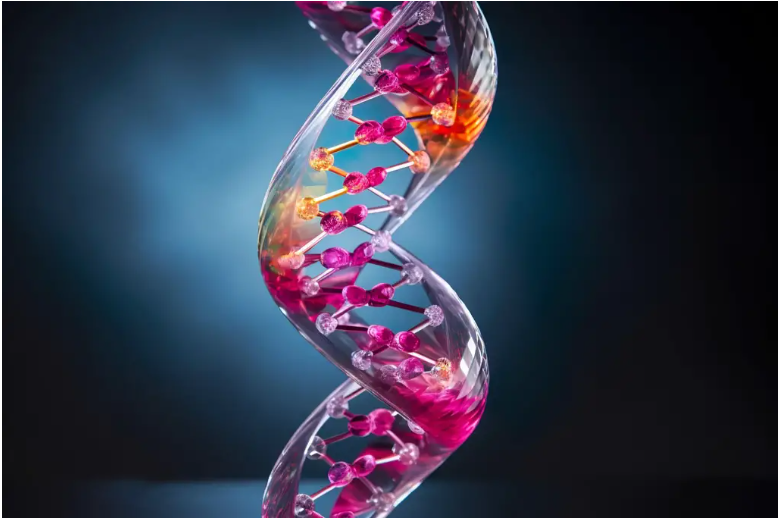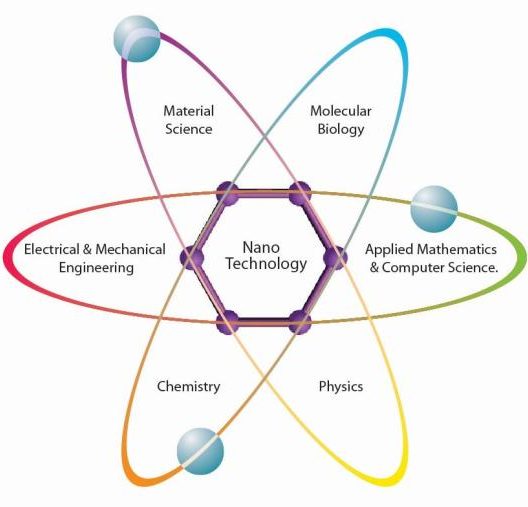
Researchers from the University of Connecticut and colleagues have created a highly durable, lightweight material by structuring DNA and then coating it in glass. The resulting product, characterized by its nanolattice structure, exhibits a unique combination of strength and low density, making it potentially useful in applications like vehicle manufacturing and body armor. (Artist’s concept.)
Topics: Biotechnology, DNA, Material Science, Nanomaterials
Researchers have developed a highly robust material with an extremely low density by constructing a structure using DNA and subsequently coating it in glass.
Materials possessing both strength and lightness have the potential to enhance everything from automobiles to body armor. But usually, the two qualities are mutually exclusive. However, researchers at the University of Connecticut, along with their collaborators, have now crafted an incredibly strong yet lightweight material. Surprisingly, they achieved this using two unexpected building blocks: DNA and glass.
“For the given density, our material is the strongest known,” says Seok-Woo Lee, a materials scientist at UConn. Lee and colleagues from UConn, Columbia University, and Brookhaven National Lab reported the details on July 19 in Cell Reports Physical Science.
Strength is relative. Iron, for example, can take 7 tons of pressure per square centimeter. But it’s also very dense and heavy, weighing 7.8 grams/cubic centimeter. Other metals, such as titanium, are stronger and lighter than iron. And certain alloys combining multiple elements are even stronger. Strong, lightweight materials have allowed for lightweight body armor and better medical devices and made safer, faster cars and airplanes.
Scientists Create New Material Five Times Lighter and Four Times Stronger Than Steel. Sci-Tech Daily
Reference: “High-strength, lightweight nano-architected silica” by Aaron Michelson, Tyler J. Flanagan, Seok-Woo Lee, and Oleg Gang, 27 June 2023, Cell Reports Physical Science.
DOI: 10.1016/j.xcrp.2023.101475
